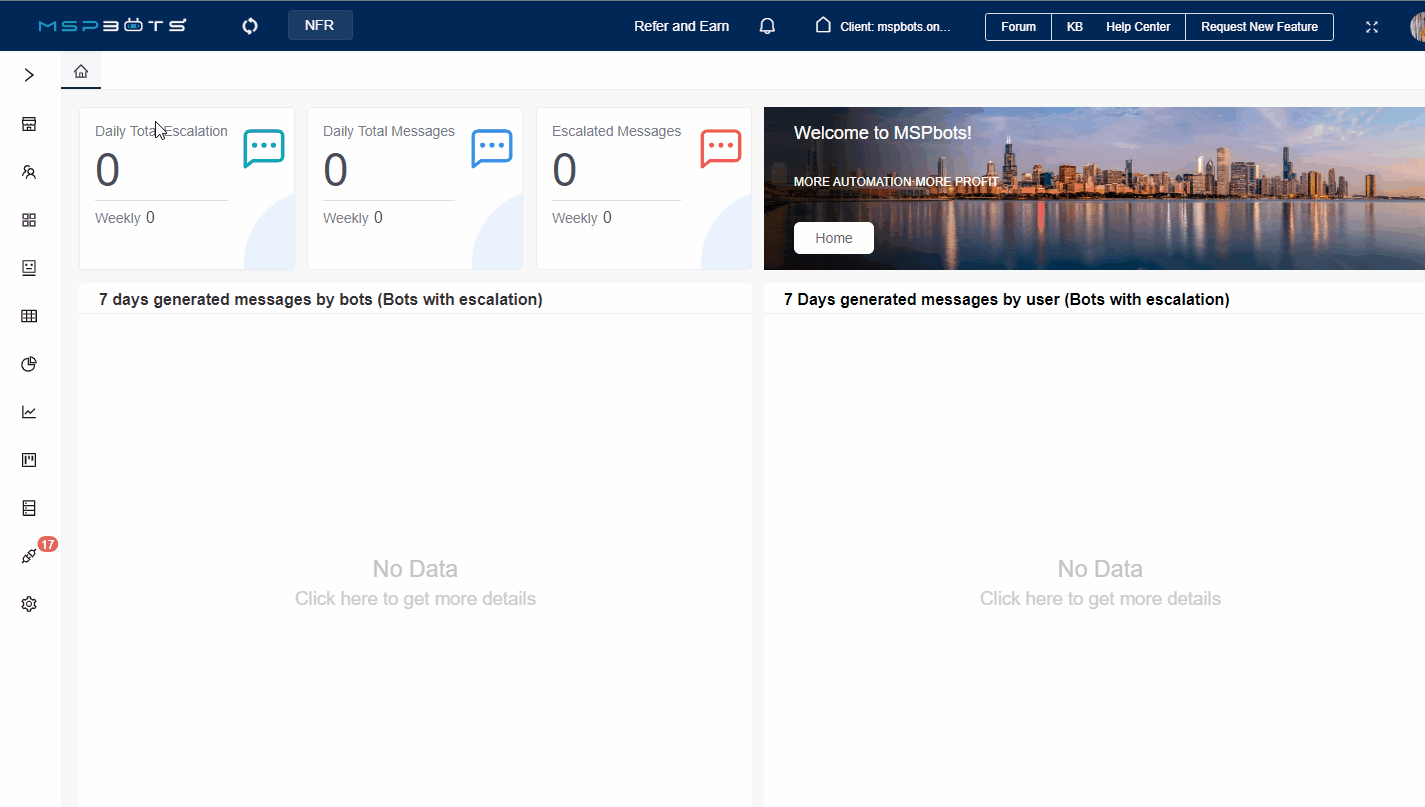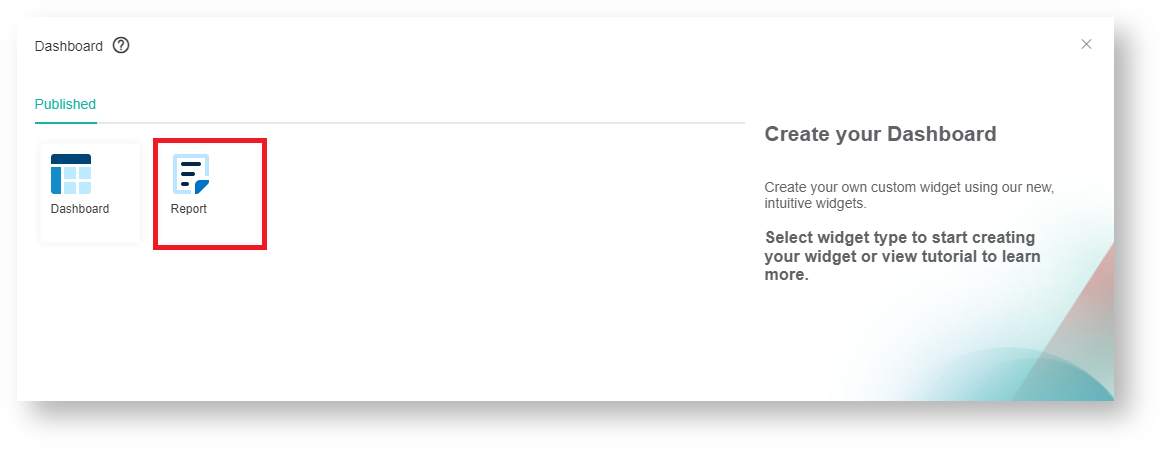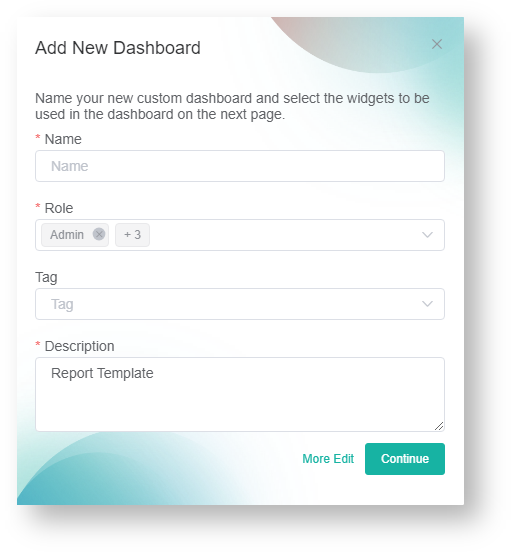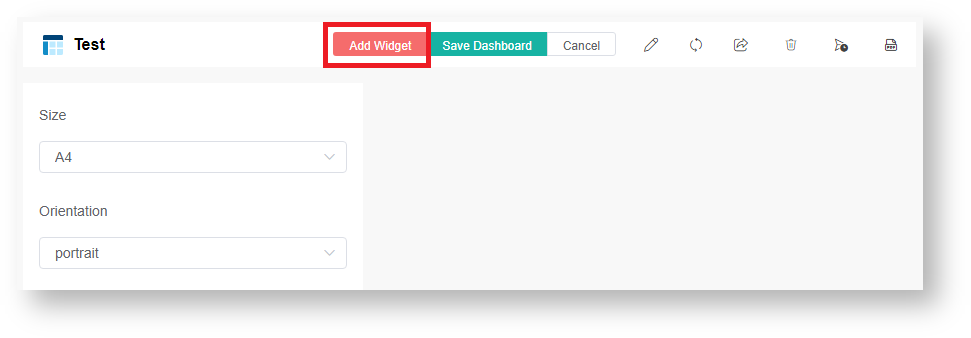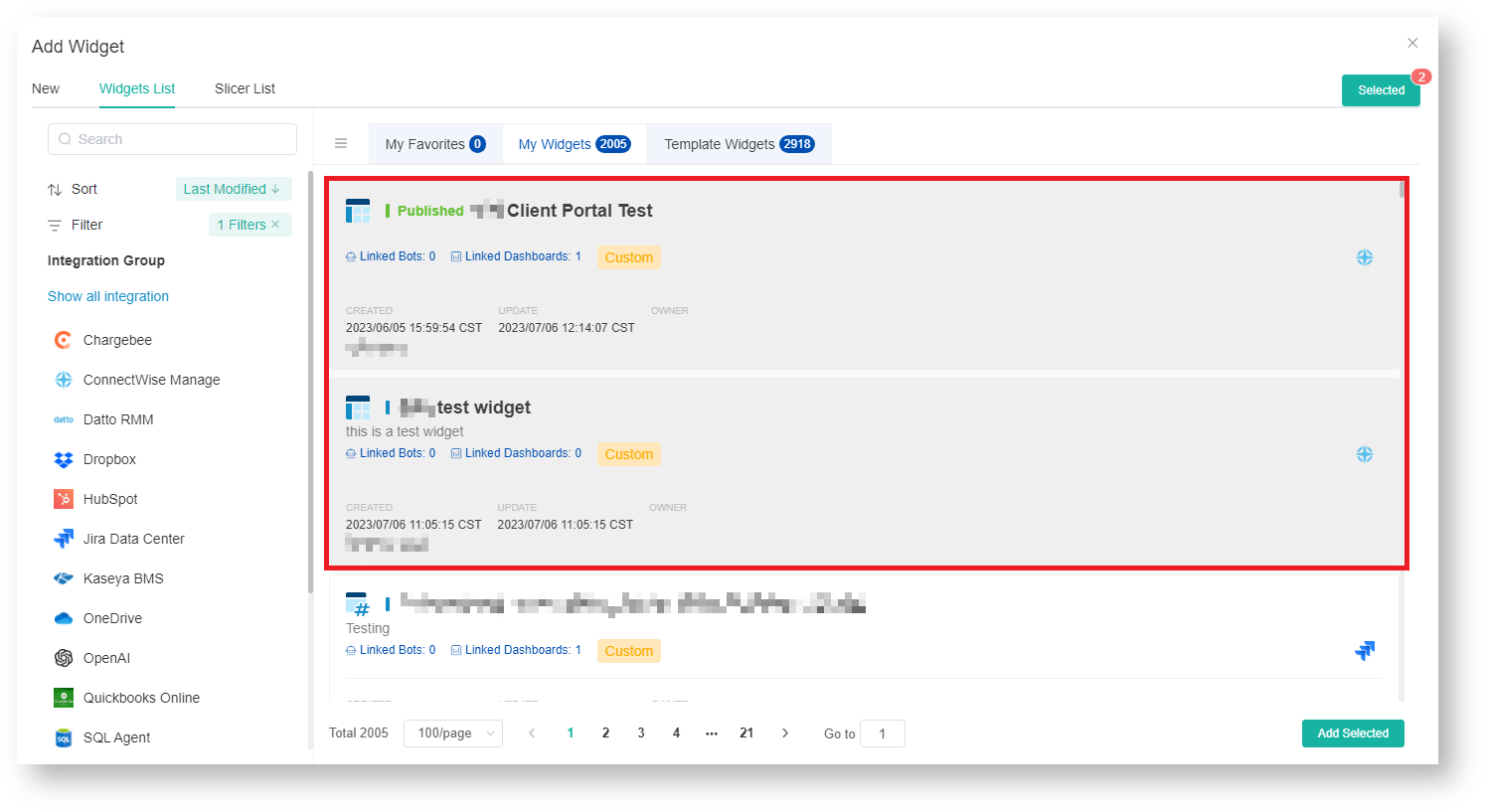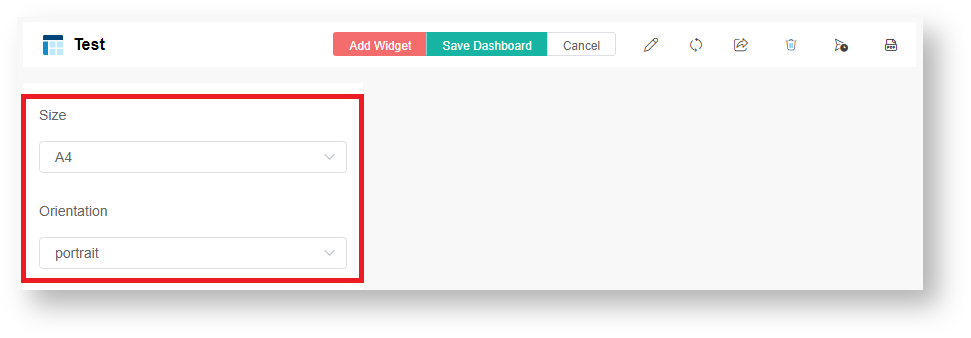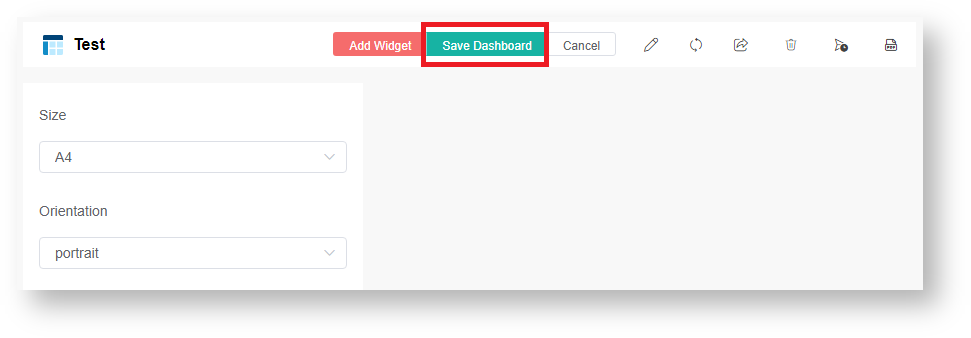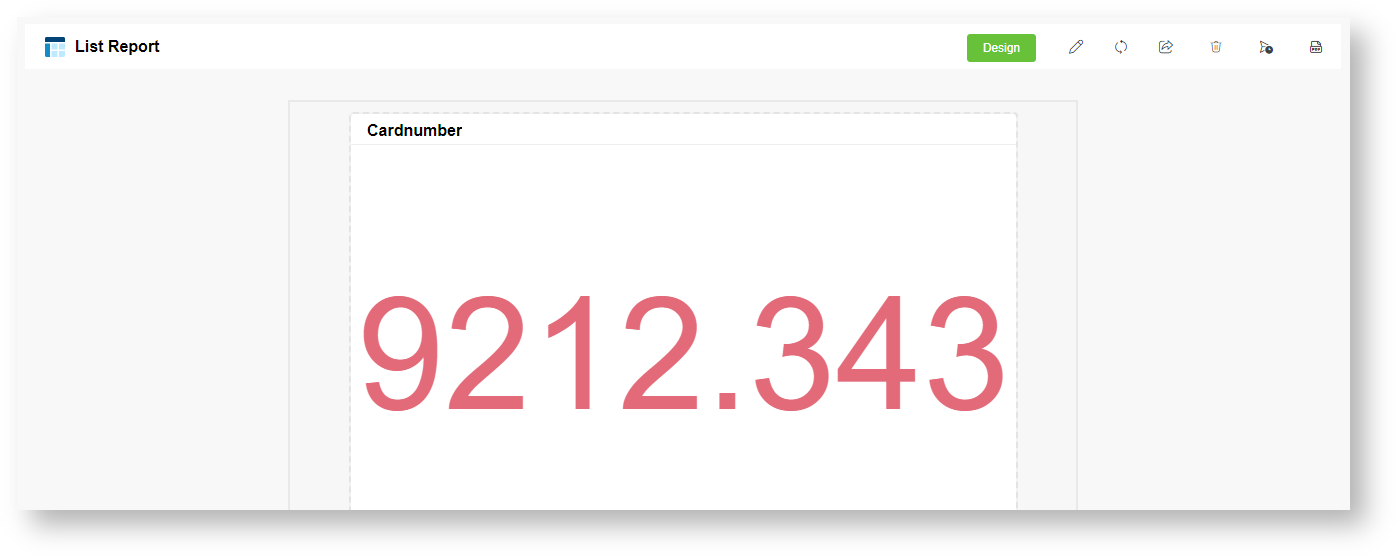 N O T I C E
N O T I C E 
MSPbots WIKI is moving to a new home at support.mspbots.ai![]() to give you the best experience in browsing our Knowledge Base resources and addressing your concerns. Click here
to give you the best experience in browsing our Knowledge Base resources and addressing your concerns. Click here![]() for more info!
for more info!
Page History
MSPbots offers a reporting feature that enables you to generate reports for sharing with important members teammates and leaders of your organization. These reports are designed to facilitate data-driven decision-making and aid in monitoring your company or team's performance against key metrics. This page provides guidance on creating a report guides you in creating and configuring it reports to deliver relevant information to specific individuals based on a predefined schedule.
What's on this page
| Table of Contents |
|---|
...
Leaders rely on reports to communicate important information to clients and their teams. The MSPbots app allows you to create and send reports that provide a summary of summarize historical data, metrics, and trends that can be used for decision-making, problem diagnosis, capacity planning, and performance improvement. You can share these reports externally with clients or internally with teams via scheduled reporting a link or manual PDF generationformat following a reporting schedule.
Relevant applications and permissions
...
Do the following to set up your report:
- Open the MSPbots app as administrator.
- Navigate to Dashboards on the menu and click the New Dashboard button.
- In the Dashboard window, select Report.
- When the Add New Dashboard window opens, do the following:
- Enter your dashboard's name in the Name field.
- Click the Role dropdown menu and select the roles that will have access to the dashboard.
- Click the Tag dropdown menu and select one or multiple tags to label your new dashboard.
- Next, provide a Description for your dashboard.
- Click Continue. This opens the tab for your new dashboard.
- When the tab for your new report opens, click Add Widget. This opens the Add Widget window.
- Next, on the Add Widget window, click Widgets List and select the widgets to show in your report.
*The assets in the image are for demonstration only.
You can also click New to create new widgets to add to your report or click Slicer List to add slicers. - Click the Add Selected button when you're done selecting widgets and slicers for your report. The widgets will appear in the new report.
- Optional: If needed, modify your report's size and orientation. Click the Size dropdown menu to select A4 or letter, and click the Orientation dropdown menu to select portrait or landscape.
- Click Save Dashboard to save the settings.
The new report will appear under My Dashboards.
...
- Open the MSPbots app as administrator.
Navigate to Dashboards on the menu and open the report that needs to be configured for a new schedule.
Click the Schedule Report icon to access the Schedule Report page.
Next, click the +New button or the Create a New Schedule button. Both actions will open the New Schedule window.
Info Existing scheduled reports are found in the Scheduled tab like the example in the image below.
- Enter a unique schedule name in the New Schedule window. The recipient's name is used as the default Schedule Name when the field is left blank.
Info The default delivery option is to send via email. There is no support for other options or customization at this time.
Go to the Email recipient(s) dropdown menu and select the emails of the individuals you want to send the report to. You can select multiple email addresses.
Send carbon copies or blind carbon copies of your report to individuals by clicking the CC or BCC links. You can also select multiple email addresses from these dropdown lists.
- Next, scroll down and set the Frequency for sending the report.
- If needed, customize the time zone according to different locations and preferences worldwide.
- Select Advanced Scheduler > Setting for more configuration options for your report's frequency.
- Move down to the Attachment section and select an option for your reporting requirement:
Include PDF Attachment - Select this option to send your report in PDF format. This is the default selection.
- Include Shareable link - Select this option to automatically add the {{report_link}} token which will attach your dashboard's link to the email. The placeholder {{report_link}} represents the actual dashboard link.
- Next, select the sender's email from the From dropdown list.
- Then, type an appropriate subject in the Add a custom subject field, and click the add token icon. You can refer to the token descriptions below for guidance.
Info title Token Descriptions - {{recipient_company_name}} is for the recipient's company name.
- {{recipient_name}} is for the recipient's full name. Use first name and last name if the full name is not available.
- {{report_name}} is for the dashboard's name.
- {{report_owner_name}} is for the dashboard owner's name.
- {{report_owner_email}} is for the dashboard owner's email address.
- {{report_link}} is for the dashboard link.
- {{your_company_name}} is for the sender's company name. Select a token for the email subject from the list.
- Optional:Click on the Hide the email footer checkbox to hide the footer on the email.
- Click Save to save keep the settings.
After successful creation, the Scheduled tab displays the following information.- Report Name
- Last Sent Timestamp
- Frequency
- Next Scheduled Time
- Recipients
- Saved Slicer(s)
...
